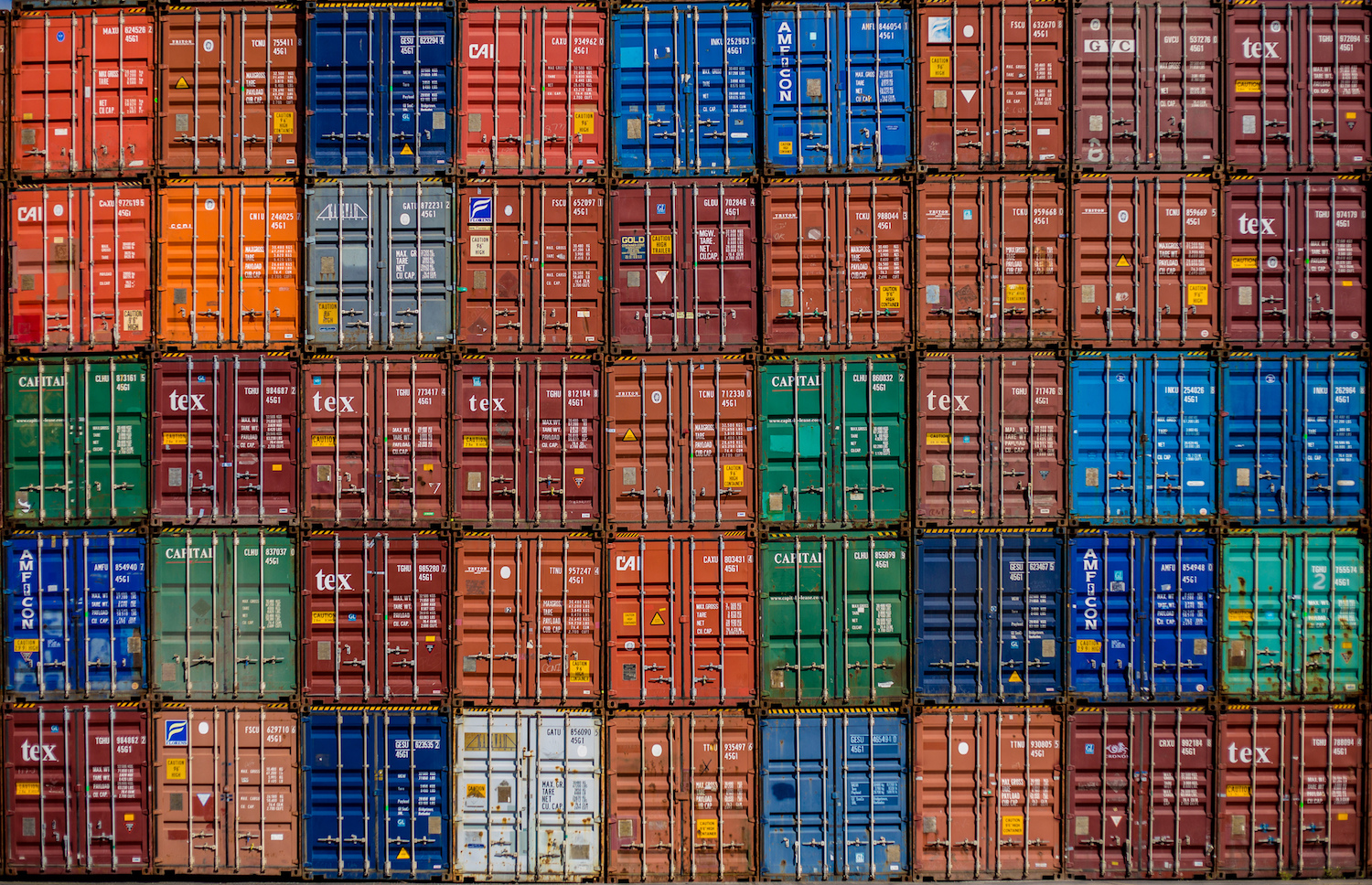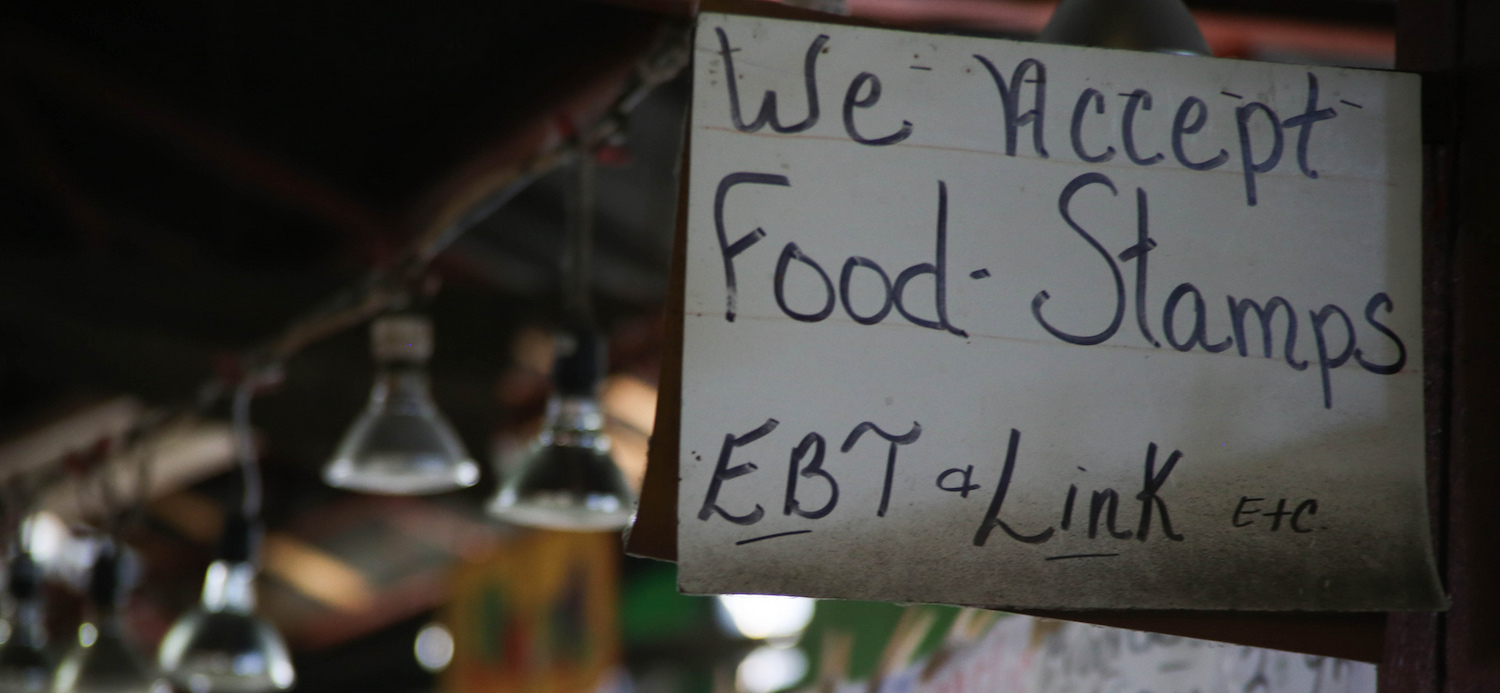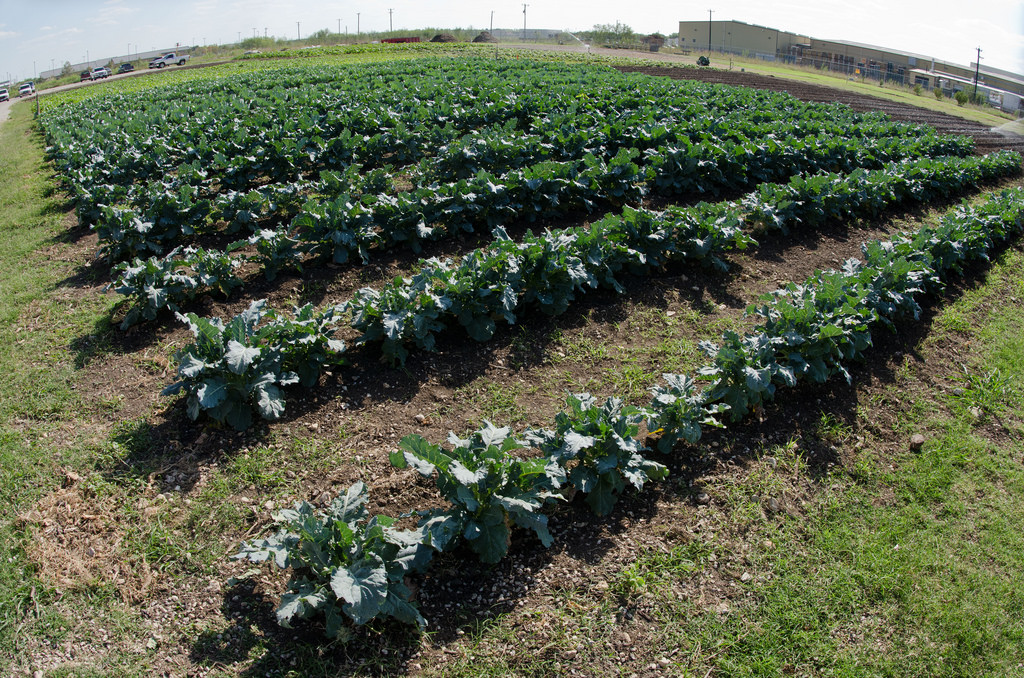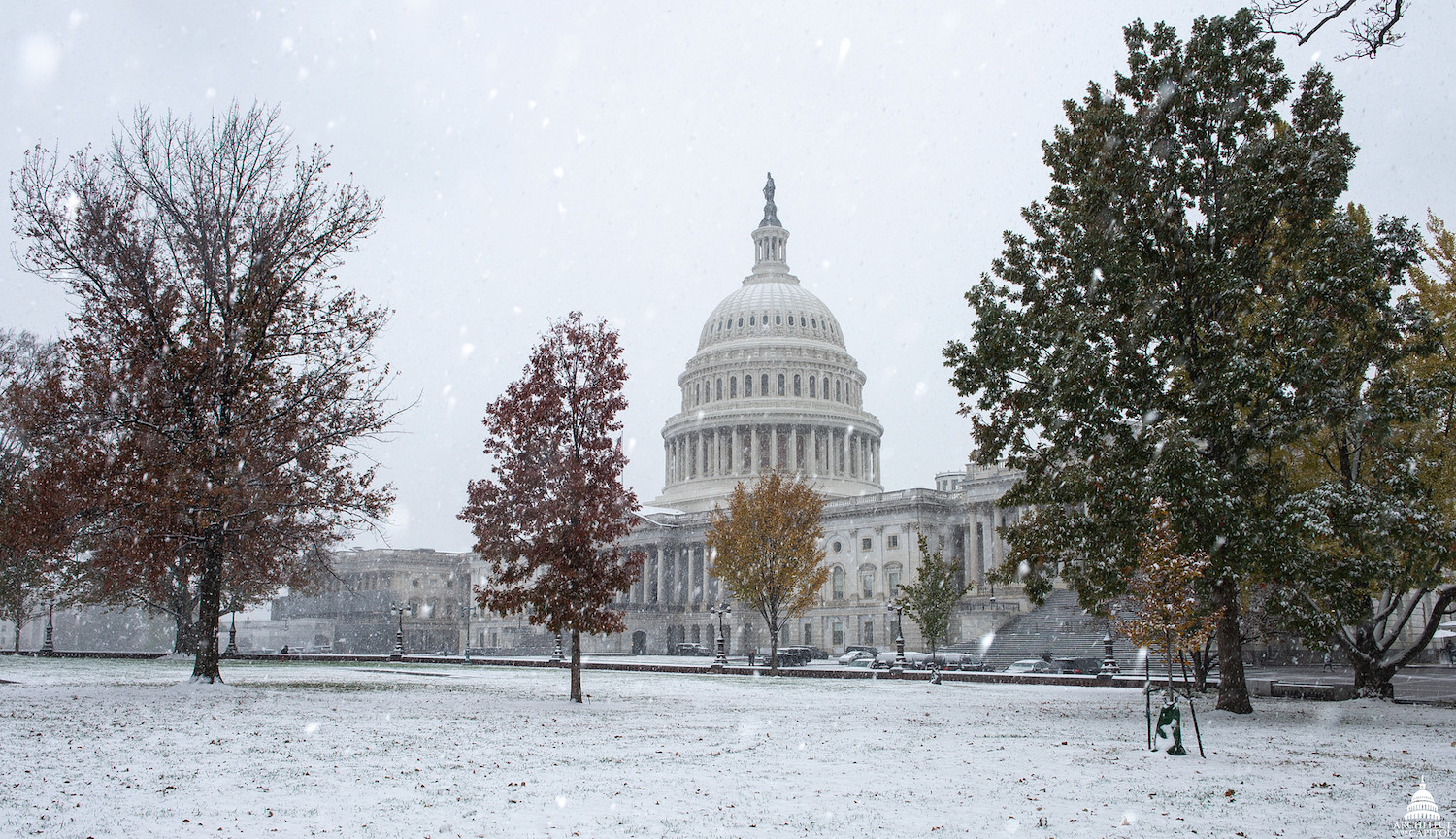By now, you’ve read about how the Trump administration’s tariffs—and the escalating trade war that’s ensued—have come back to bite America’s agricultural heartland. United States commodity farmers routinely rely on foreign markets to make ends meet, and state-imposed taxes on cheap American grain have forced some long-time foreign customers to look elsewhere. But while Trump’s confrontational moves have generated headlines and sucked up airtime, a second development with the potential to devastate U.S. food exports has received little attention: the lapsing of the farm bill.
If you’re a regular NFE reader you likely already know that the most recent iteration of the farm bill expired on September 30. Congress then delayed negotiations for its successor until after the midterm elections. It might seem like politics as usual, but the delay means a number of key programs funded by the farm bill have been left in the financial lurch. That includes the Foreign Market Development Program (FMD) and the Market Access Program (MAP), the very programs that American producers rely on to cultivate and maintain markets abroad.
Both FMD and MAP provide funding to trade associations that market American products abroad; MAP also funds private companies who do so. Generally speaking, FMD covers the administrative costs of maintaining international offices, while MAP funds specific marketing activities, like trade shows and consumer-facing advertisements. Despite their differences, both are crucial for ensuring a healthy appetite for American food commodities beyond our borders—from Kansas wheat to Washington apples, and Indiana popcorn to Georgia peanuts.
Brokering these relationships involves a lot of people and even more money. Take the arguably unpalatable Red Delicious apple, for example. The majority of America’s Red Delicious crop is shipped to markets (read: “customers”) abroad, like China, Mexico, India, Saudi Arabia, and others. But American farmers don’t just pick a basketful, mail a crate to a foreign port, and call it a day. Rather, trade associations—in this case perhaps the Washington Apple Commission—do a lot of behind-the-scenes work to make those transactions happen. That includes everything from lobbying countries to lower import barriers, advertising products to build demand, running educational programs, and more.
Greg Tyler, senior vice president of the Poultry and Egg Export Council, painted me a picture of what nurturing trade relationships looks like. (Hint: It’s resembles a hybrid of networking, speed-dating, and proselytization.)
In September, the council organized a trade mission for American poultry suppliers to India. First there was a reception at the New Delhi residence of the U.S. ambassador. Buyers, noted chefs, and retailers were all present. Then there were one-on-one meetings with key players along the chicken supply chain, such as meat processors and cold storage facilities. There was even a “speed-dating”-esque event where American suppliers and Indian buyers got the opportunity to meet and negotiate contracts on the spot.
“We see them on multiple occasions throughout the year,” Tyler says. “They become your friends, they become your Facebook friends. […] If you don’t have that relationship, you don’t have that trust.”
Both FMD and MAP are authorized by the farm bill, so when that lapses, trade groups find their operations in jeopardy. FMD funding ran out on September 30, and MAP funding will disappear on December 30, unless a farm bill is passed. Most groups, like the National Sunflower Association, are running on funds left over from previous years.
“We’re going to probably have about 45 percent of our funding,” the Sunflower Association’s executive director John Sandbakken tells me by phone, noting that marketing operations will need to be scaled back as result. “We’re trying to pick the most effective activities that we had planned and we’re going to go with those in the interim.”
Spain and Mexico are the biggest markets for American sunflower exports, largely because of high demand in those countries for sunflower seeds as snacks.
This lapse in funding comes at a particularly vulnerable time for American producers, as they continue to find themselves caught in the crosshairs of a few ongoing trade battles. The tumultuous geopolitical climate makes things even more tenuous, as the slightest whiff of political uncertainty can undo the work of trade associations. Last year, when the fate of NAFTA was up in the air, Mexican imports of U.S. chicken dropped by 11 percent, the biggest drop in a single period since 2003, The Wall Street Journal reported.
“Mexico is our largest market for poultry, meat and eggs,” Tyler says. “When you start throwing those question marks in the air as to where trade relations are going […] they’re going to look for additional suppliers. And of course Brazil took that opportunity, especially with a chicken, and started exporting larger quantities, which took away market share from us.”
“We’ve got people that have years of experience working with our industry,” Tyler says. “They’re very faithful to the U.S. poultry and egg industry and we don’t want to see them go anywhere.”
Stephanie Grunenfelder, senior vice president of the American Peanut Council adds that trade groups don’t just lose money if these programs cease to exist—they also lose valuable knowledge resources.
“We share our information with USDA so they can put it in their reports and vice versa—it’s just a very collaborative relationship.” Grunenfelder says. “[Without the FMD program], we could potentially work together but not nearly as efficiently and in such a streamlined way.“
This lapse isn’t the first time that trade associations have had to brace for a lack of FMD and MAP funding. The same thing happened during farm bill negotiations in 2013.
Even so, Grunenfelder says, “We don’t have a long-term solution at the moment. Our long-term solution is that Congress will eventually provide funding.”










